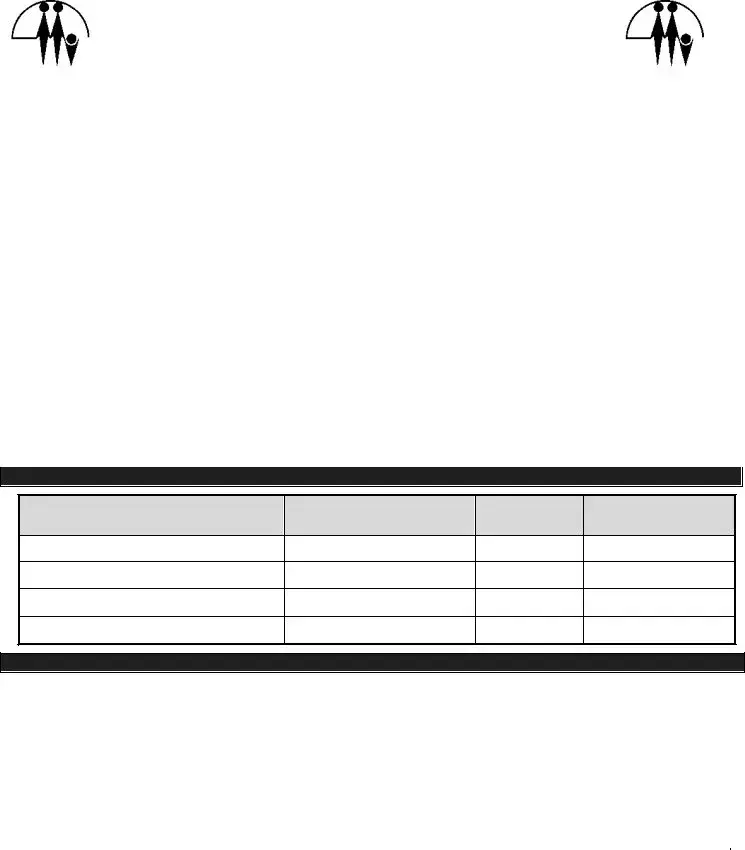At the core of public health efforts to manage and prevent sexually transmitted diseases (STDs) in Houston, Texas, lies the Connecticut Uc 2 form, a critical tool designed for the confidential reporting of such conditions. Utilized by the Houston Department of Health and Human Services, specifically within the Bureau of Epidemiology – STD Surveillance, this form serves a pivotal role in tracking and addressing the spread of STDs. The comprehensive nature of the form is evident through its detailed sections, which encompass patient demographic data, disease data, laboratory data, and treatment information. It not only captures essential information such as the patient's name, date of birth, contact information, and social security number but also delves into more specific details like race, Hispanic origin, marital and pregnancy status, thus providing a holistic view of the patient's background. Moreover, the form facilitates the identification and recording of both reportable diseases—such as syphilis, gonorrhea, chlamydia, and chancroid—and voluntary diseases, including genital herpes and genital warts, among others. Accompanying these sections are fields for listing signs and symptoms, as well as detailed laboratory and treatment information, which include prior history of treatment, current treatment methods, and insightful notes on patient history and risk factors. This meticulous approach aids health professionals in not just the treatment but also in the crucial surveillance efforts, enabling targeted interventions and ultimately contributing to the broader goal of STD control and prevention within the community.
